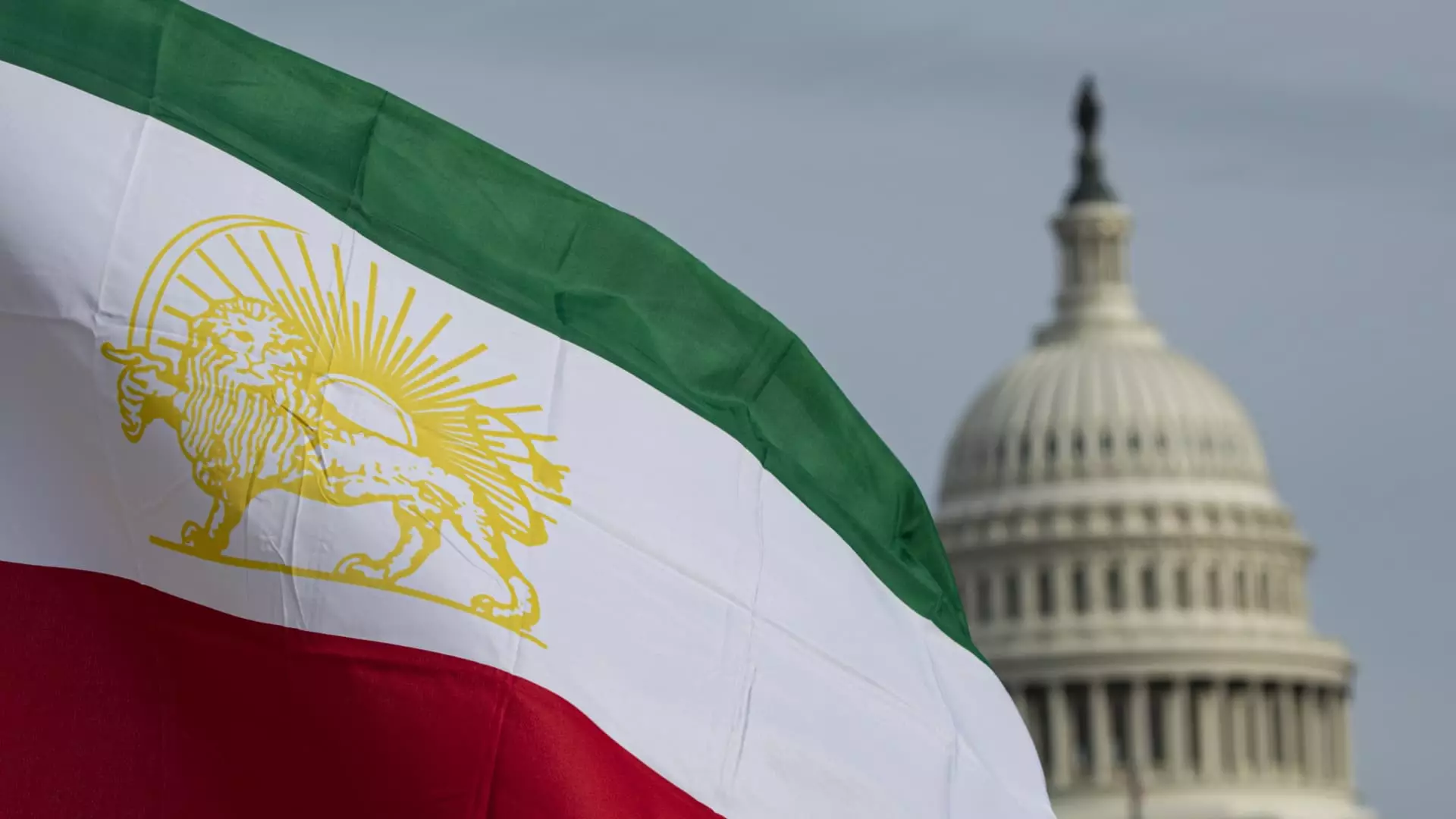In the latest turn of the torturous diplomatic saga between Iran and the United States, talks aimed at curbing Tehran’s nuclear ambitions have resumed. Both nations have publicly indicated a commitment to continue discussions, yet the tone set by Iranian Foreign Minister Abbas Araqchi is sobering, to say the least. He expresses “extreme” caution about the possibility of achieving a breakthrough, a sentiment that starkly contrasts with U.S. President Trump’s buoyant belief in the potential for a fruitful agreement. This dichotomy reveals an unsettling truth: layered under the sheen of optimism lies an intricate web of unresolved conflicts, historical grievances, and mutual distrust.
The ongoing dialogue, conducted through the intermediaries of Oman, attests to a desperate necessity for cooperation, yet the obstacles are as formidable as ever. Araqchi’s remarks highlight the seriousness and depth of the discussions, but they also underline the glaring divisions that threaten to derail any progress. Both sides may approach the table with a semblance of hope, but the shadows of their past interactions loom over every exchange.
A Game of Nerves and Attempts at Trust
The negotiations are plagued by nuances that reflect decades of tension. On one side, the U.S. administration observes a “positive” atmosphere while acknowledging the enormity of the task ahead, suggesting a certain naivety in assuming that optimism alone could bridge fundamental differences. For Iran, the stakes are equally high, with Araqchi asserting that the only goal is to depict the peaceful nature of its nuclear program in return for sanctions relief. This proposition, however, is not as simple as it sounds. The history of sanctions, coupled with Iran’s assertion of its rights to enrich uranium, creates a minefield of expectations and fears.
Moreover, with Trump invoking a potential military strike should diplomacy collapse, the stakes are now dangerously escalated. Threats of violence hover over negotiations like a specter, rendering diplomatic engagement fraught with anxiety. Would a mere misstep trigger a conflict that neither side genuinely seeks? These questions linger as the parties wade through a dialogue characterized by both hope and apprehension.
The Complexities of Nuclear Enrichment
A significant hurdle remains Iran’s insistence on its right to enrich uranium—a red line that it refuses to compromise. This absolute stance complicates any potential agreement. Chief U.S. negotiators, echoing Secretary of State Marco Rubio’s perspective, demand that Iran cease all uranium enrichment and instead rely on imports for its nuclear energy needs. However, this assertion is profoundly unrealistic given that Iran’s entire framework for energy and defense rests upon its ability to control nuclear capabilities.
The idea that the U.S. can impose such limits ignores the growing maturity of Iran’s nuclear program and the scrutiny of its motivations. Is it simply a matter of energy needs, or is there an underlying ambition shaped by regional rivalry, fear of Western dominance, and the quest for sovereignty? Any viable agreement must acknowledge this complexity, yet the current approach remains simplistic, ignoring Iran’s insistence that its national defense capabilities—including a robust missile program—are not negotiable.
The Role of Historical Precedent
A quick glance at the timeline of U.S.-Iran relations reveals a history heavily burdened by betrayal and opportunism. The 2015 nuclear deal, largely perceived as a promising trajectory towards de-escalation, was unceremoniously discarded by the Trump administration. The reinstatement of severe sanctions has not just eroded trust; it has compelled Iran to escalate its nuclear endeavors, dramatically increasing uranium enrichment to near-weapon-grade levels.
This historical perspective sheds light on why both sides demonstrate reticence around negotiations. For Iran, any concessions could be seen as capitulation, further entrenching American leverage, while the United States grapples with the irony of needing to negotiate with a regime it has long vilified. The challenge is not merely about nuclear policies; it is also a foundational struggle about respect, sovereignty, and the painful legacies of power dynamics in the Middle East.
Moving Beyond Stalemate: The Path Ahead
The road to an agreement demands innovative thinking that transcends past frameworks and acknowledges the fears on both sides. Simply put, negotiations cannot be merely transactional; they must incorporate elements that resonate with the historical, societal, and national narratives of each country. Such an endeavor requires bold leadership willing to take calculated risks, paired with the courage to envision a future where diplomacy can overcome animosity.
If both nations wish to avoid sliding back into a cycle of hostility and distrust, understanding the humanity behind the negotiating facades is paramount. The ongoing talks offer a glimmer of hope, but they require a departure from the hardline tactics that have defined much of this engagement. Only through a sincere, nuanced, and empathetic approach can there be a possibility of transforming this entrenched impasse into a new era of diplomatic relations.


Leave a Reply